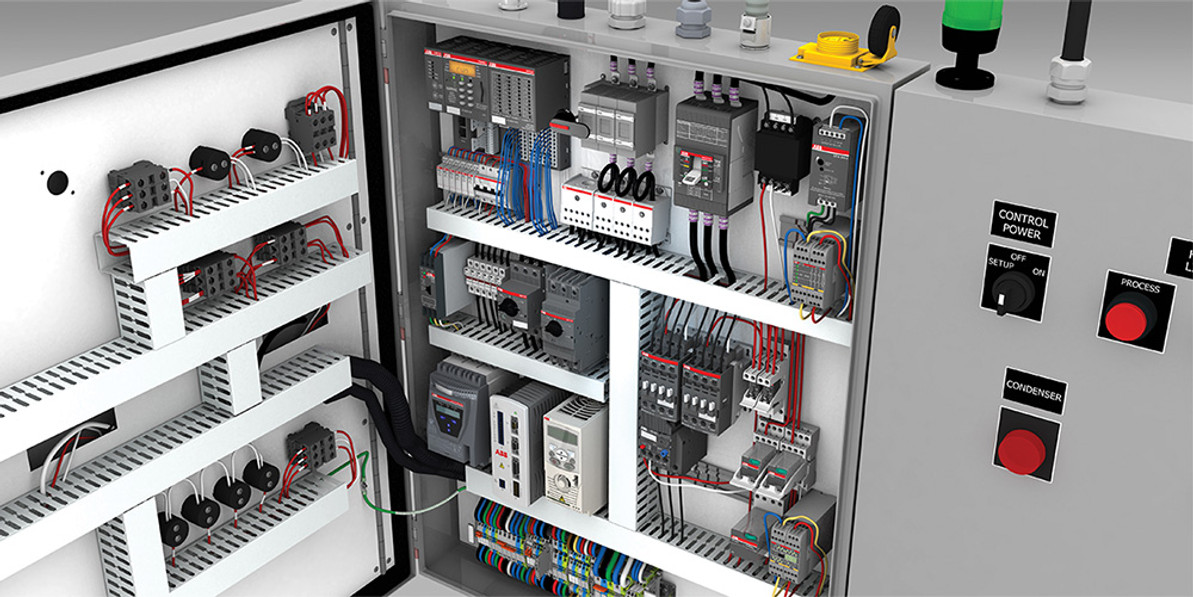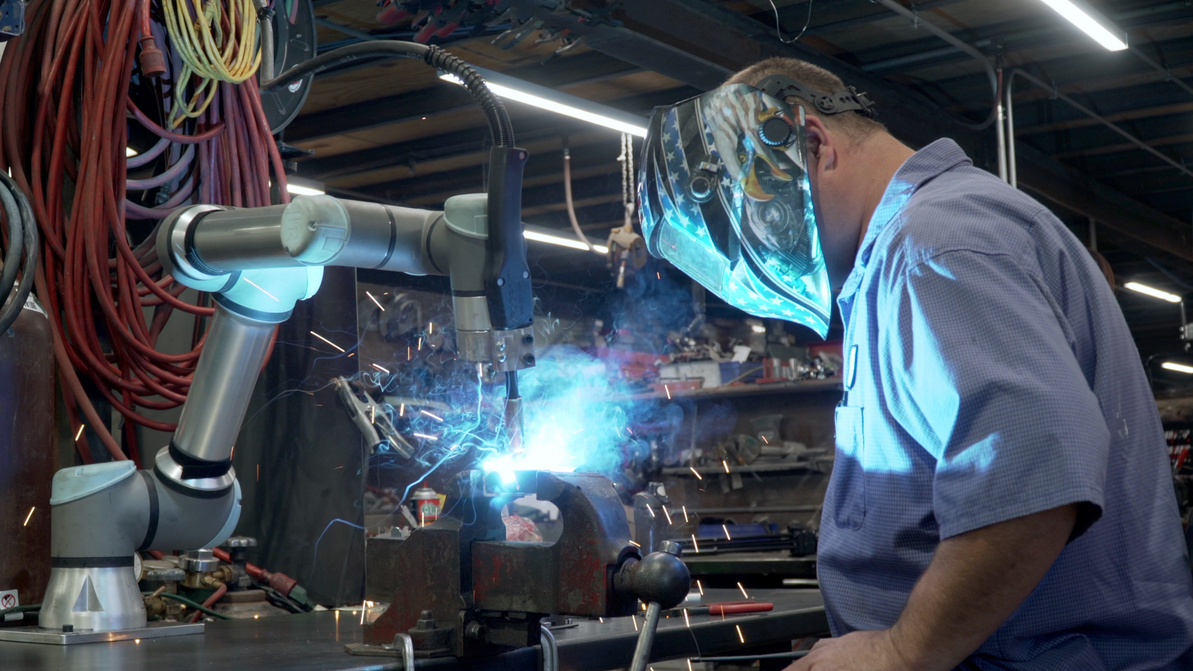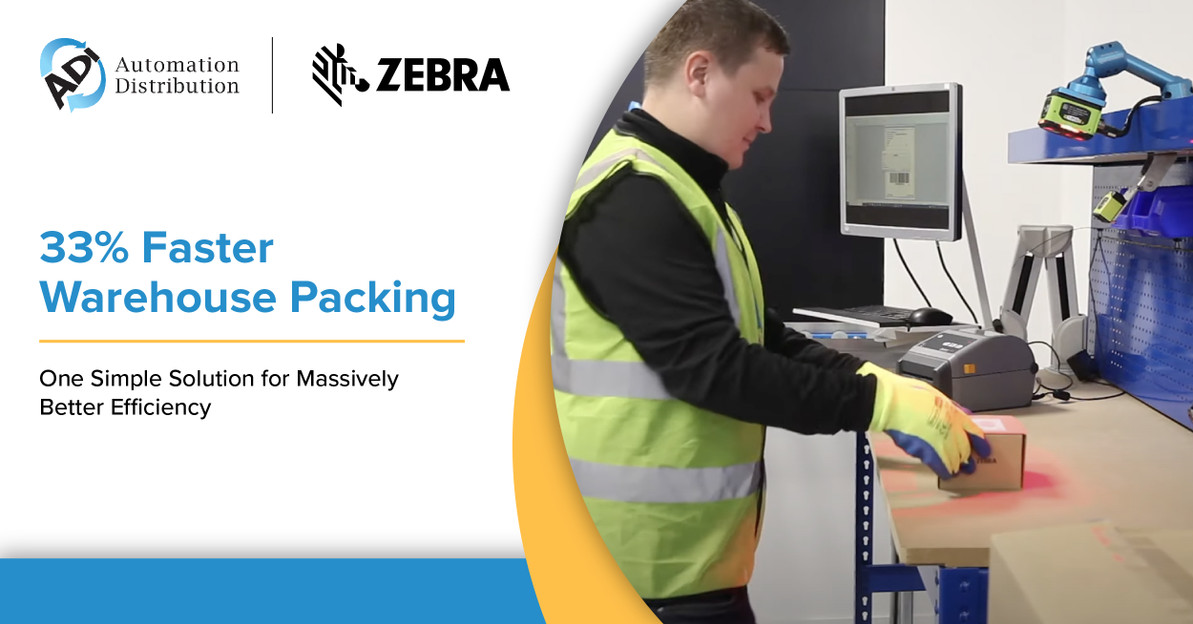Control Panel Best Practices
One of the most important standards to know if you're designing control panels for the North American market is UL508A. UL508A is a construction standard for electrical control panels. Also helpful are the National Fire Protection Agency's (NFPA) 79A (Electrical Standard for Industrial Machinery) and the National Electrical Code (NFPA 70).
The UL508A standard is used to build Industrial Control Panels. The standard gives panel builders guidance on a variety of topics, including component selection and wiring methods. Only panels that meet all of the UL508A building standards and recommendations can be designated as such. Underwriters Laboratories establishes UL508A, as well as a slew of other standards.
These guidelines and testing criteria for devices that go into industrial control panels were established by UL with the goal of ensuring their safe application. It was impossible for people to tell if the electrical panels they were having constructed were safe before UL regulations. We can applaud UL for developing the standards and procedures that will help us avoid these safety risks.
The Importance of the Right HMI
The human-machine interface's (HMI) interactive influence is far greater than its basic capabilities. An HMI system serves as the user's primary interface with a machine or process. This interaction appears intuitive with a competent HMI system. A bad HMI system might alienate users or potential customers, encourage users to avoid the system, or result in poor or dangerous system performance. The HMI, as a direct interface to the user, immediately represents the quality and value of the core system. An effective user experience is determined by a sophisticated blend of design and layout factors, such as contemporary style, color, and tactile response, combined with ergonomic and intuitive operation.
The implementation of engineering best practices throughout the design and panel layout, production, testing, and quality assurance processes is required for a highly reliable HMI system that delivers safe, cost-effective, consistent, and intuitive performance. Each step of the design and manufacturing cycle must be informed by in-depth knowledge of and compliance with all relevant ergonomic, safety, and industry requirements. The knowledge-intensive design approach begins with a clear specification of the functional needs, the operator's level of competence, and any communications/interactions with other systems.
Control Panel Best Practices
1. Make sure your panel design has sufficient room. In order to employ a smaller enclosure that will take up less space, many control panels make the error of cramming all of the hardware relatively close together. While there are times when a tiny enclosure is necessary for a certain purpose, it is recommended to use a bigger enclosure wherever possible. This allows you to correctly place all of your gear in your panel design, as well as use larger wire ducting. In general, panels with plenty of room are more organized and cleaner, whereas panels with everything crowded into a small space are more difficult to work with and frequently less structured.
2. Instead of utilizing self-tapping screws, tap your holes. Self-tapping screws are commonly used by panel builders to save time during the fabrication process. While this sort of fastener can save time, it does not always offer the consistent, firm connection that is required for the hardware you wish to install. This is especially true when hardware must be removed and then reattached at some point. Holes that have been tapped prior to the installation of hardware will provide a stronger, more consistent connecting point that will last longer.
3. Make sure your wire ducting is big enough to handle all of the wire that might come through it. This is one of the most common errors we encounter, and one that we have made ourselves. When creating a panel, it's very easy to underestimate the amount of your cable ducting. This is because, especially once the panel is installed in the field, we frequently underestimate the amount of wiring that will be run through the ducting.It is critical to design for additional room in your wire ducting after ALL cables, including field wires, have been run through it. So take your time and consider how many conductors will be needed, and then make sure you have enough space to accommodate those conductors with room to spare.
4. If you're unsure, label it. Labeling wires in your panel is a smart idea, and it's required by code in most circumstances. However, labeling the other types of hardware in your panel to fulfill code is not always essential. The most relevant hardware must be labeled, according to UL regulations, however not all hardware must be labeled. It's vital to remember that any operators who come across this panel at a later time might not know what the hardware in it is for. Label everything that you believe may come into issue to make the panel as safe as feasible and to assist operators to operate the panel more effectively. Even if the labels appear to be self-evident at times, it is still excellent practice to label everything clearly... so that others can comprehend it.
5. If possible, utilize supplemental protection, such as a circuit breaker or fuse block, to separate all components. There are numerous methods for wiring power to the various devices within a panel that are both safe and code compliant. Using a few branch circuit protectors for several devices throughout the panel is one example. While this solution works and complies with the code, it is not recommended. It's a good idea to be able to separate every item within the panel with some sort of supplemental protective mechanism if at all possible. The purpose of a supplemental protector is to protect only one device at a time.
As a result, the PLC, power supply, and network switch are all protected by a single breaker. A better solution would be to have a protector for each item that is specifically sized for its power consumption. This accomplishes several goals. First, it enables you to isolate the device if necessary... for maintenance or replacement, without having to turn off power to other devices in the panel. It also provides superior protection for that specific device, as the covering is sized specifically for it. Using supplemental protection in this manner takes more time, money, and panel area, but it is by far the most efficient approach to deliver power to the various devices within the enclosure.
Improve Control Panel Construction with Outsourcing
Outsourcing is increasingly becoming a realistic option, given the numerous hurdles associated with in-house panel production, such as quality design, knowledge, support, and technology.
On machine tools, panel manufacturing is no longer as simple as connecting a few components. More deadlines, cost demands, standards, new directives, and more push to innovate now exist. Aside from the usual issues of time, cost, compliance, and quality, the prefabrication of cables and the production of sheet metal parts have become more automated. The electrical power supply and distribution planning is the third engineering discipline involved in developing a new machine, in addition to mechanical design and development of the automation concept. Electrical planning gives the automation engineer a framework to work with, as it specifies fundamentals like connectivity, topology, and control concept.
Working with another firm to create panels, such as Automation Distribution, can help to expedite and simplify the process. Outsourcing can assist machine tool builders in their digitization efforts and give support throughout the panel-building process, including design, quoting, ordering, manufacturing, and support. With full project management, there is a single source for all ordering, service, support, and delivery. Contact us today to take advantage of our extensive knowledge of control panel building best practices.
Sources: https://www.controldesign.com/articles/2020/which-panel-design-standards-are-relevant/; https://www.knobelsdorffenterprises.com/blog/what-is-the-ul508a-standard; https://rspsupply.com/education/a-99-control-panel-fabrication-best-practices/; https://www.productionmachining.com/blog/post/outsourcing-optimizes-control-panel-construction
Recent Posts
-
Using Scan Tunnels to Track, Sort and Route Warehouse Packages
If you’re using conveyor lines to move products, packages and shipments through your warehouse, the …Apr 17th 2024 -
Embracing Collaboration: How Universal Robots Transformed DeAngelo Marine Exhaust
When the welding robots made their debut at DeAngelo Marine Exhaust, there was a mix of excitem …Apr 11th 2024 -
How to Speed Up Your Warehouse Packing by 33% with Machine Vision
Packing benches are some of the busiest areas of most warehouses, with thousands of items to pack i …Apr 4th 2024




